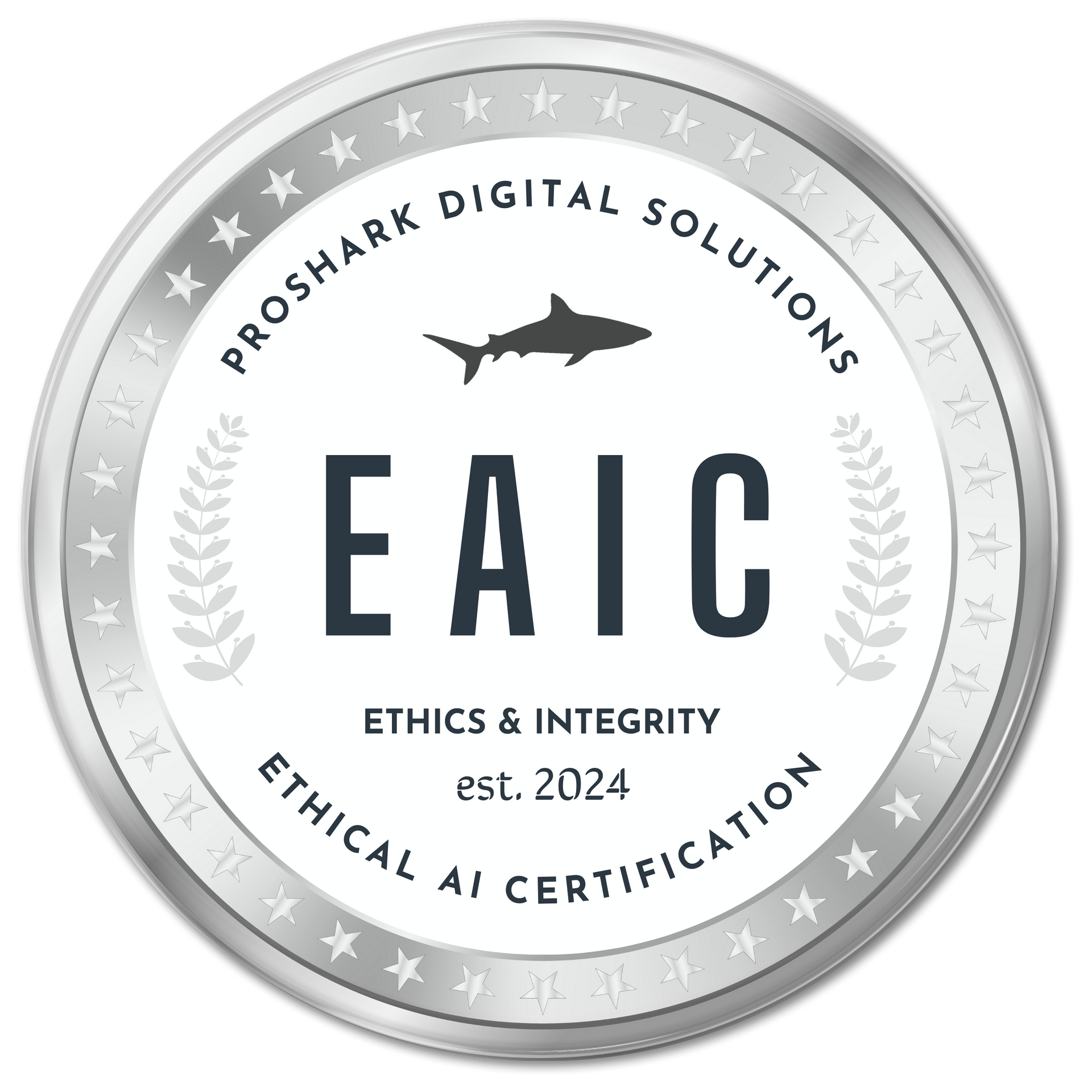Why Businesses Must Take a Proactive Approach to Cybersecurity

The Reality of Cyber Threats
Cybercriminals do not operate on a schedule. Attacks happen 24/7, targeting businesses of all sizes, industries, and levels of preparedness. Yet, many organizations take a reactive approach to cybersecurity, only addressing threats after an attack has already occurred.
The result?
- Data breaches that compromise customer trust
- Financial losses from ransomware and fraud
- Operational disruptions that halt business growth
- Regulatory fines for failing to protect sensitive data
Cyber threats are evolving faster than ever. If your security strategy is not proactive and AI-powered, your business is vulnerable. Cybersecurity is no longer optional—it is a business necessity.
1. Why Cybersecurity is No Longer a Choice
Every organization stores sensitive data—customer information, financial records, business strategies, intellectual property—all of which are prime targets for cybercriminals.
Common cyber threats include:
- Ransomware attacks that lock businesses out of their systems until a ransom is paid
- Phishing scams that trick employees into giving away credentials
- Malware infections that compromise entire networks
- Insider threats where employees knowingly or unknowingly expose data
- Cloud security breaches from misconfigured settings or weak passwords
For businesses that do not invest in security, it is not a matter of if they will be targeted, but when.
2. The Cost of Ignoring Cybersecurity
Cyberattacks are not just a minor inconvenience—they come with serious financial and reputational consequences.
- Financial Losses – A single data breach costs businesses an average of $4.45 million globally.
- Downtime and Productivity Loss – Ransomware attacks can shut down operations for days or even weeks.
- Customer Trust Damage – 81 percent of consumers say they will stop engaging with a brand after a data breach.
- Regulatory Fines – Non-compliance with GDPR, CCPA, or HIPAA can result in millions in fines.
No business is immune. Small businesses, mid-sized companies, and enterprises alike are all at risk.
3. Why Traditional Security is No Longer Enough
Many businesses rely on outdated security measures, including:
- Basic antivirus software that cannot detect modern AI-driven cyberattacks
- Firewalls alone without additional layers of threat detection
- Weak password policies that are easy to crack
- Reactive security teams that only investigate threats after an attack happens
Cybercriminals use AI and automation to scan for vulnerabilities at scale. A single weak link can compromise an entire business.
A modern cybersecurity approach is proactive, AI-driven, and designed to prevent threats before they cause damage.
4. The Key to 24/7 Cybersecurity: AI-Powered Threat Protection
Artificial intelligence and machine learning are changing the cybersecurity landscape by detecting, analyzing, and stopping threats in real-time.
a) Real-Time Threat Detection
AI scans millions of data points in real time, identifying unusual patterns and potential cyber threats before they cause harm.
b) Automated Incident Response
Instead of waiting for IT teams to react, AI security systems automatically isolate compromised devices, neutralize malware, and block suspicious activity without human intervention.
c) Phishing and Email Security
AI-powered email security scans messages for deceptive content, impersonation attempts, and malicious attachments, preventing phishing attacks.
d) Endpoint Security for Remote Work
With more employees working remotely, businesses need AI-driven endpoint security to monitor laptops, smartphones, and IoT devices.
e) AI-Powered Behavioral Analytics
Cybercriminals often bypass traditional security by mimicking normal behavior. AI analyzes login patterns, transaction history, and network activity to flag suspicious actions before they escalate.
The result? Stronger, faster, and more effective cybersecurity without constant manual oversight.
5. The Cybersecurity Strategy Every Business Needs
A comprehensive security strategy should include:
a) Multi-Layered Defense Systems
- AI-driven intrusion detection and prevention systems
- Zero-trust architecture that requires verification for every action
- Cloud security to protect remote and hybrid workforces
b) Cybersecurity Awareness Training
- Educating employees on phishing scams and password security
- Conducting real-world attack simulations
- Ensuring strict access controls for sensitive data
c) Incident Response & Recovery Plan
- Automated backup systems that prevent data loss
- Disaster recovery solutions for rapid system restoration
- Crisis communication plans for handling security breaches
d) Compliance & Regulatory Security
- Regular compliance audits for GDPR, HIPAA, and SOC 2
- Encryption of sensitive customer and business data
- AI-powered risk assessment tools to stay ahead of threats
Businesses must take cybersecurity as seriously as revenue growth—because without security, there is no business.
6. Cybersecurity in Action: Real-World Success Stories
Preventing a Ransomware Attack Before It Happened
A mid-sized financial firm implemented AI-powered threat detection. The system flagged suspicious login attempts from a compromised employee account. Automated security measures blocked access and isolated the affected system, preventing a major ransomware attack.
Eliminating Insider Threats with AI Behavioral Analysis
A healthcare provider used AI-driven analytics to detect unusual access to patient records by an employee. The system automatically locked the account, preventing a data breach and protecting sensitive patient data.
Reducing Phishing Attacks by 90 Percent
An e-commerce company implemented AI-powered email filtering. Within three months, the system identified and blocked over 90 percent of phishing attempts, saving the company from potential financial fraud and data leaks.
These businesses avoided disaster by taking a proactive approach to cybersecurity.
7. The Future of Cybersecurity: Staying Ahead of Threats
Cyber threats are evolving, and businesses must stay ahead.
Emerging trends include:
- AI-driven autonomous security operations centers (SOCs) that function without human intervention
- Zero-trust frameworks becoming standard for business networks
- Quantum computing-based encryption to counteract next-gen cyber threats
- Automated threat intelligence sharing between businesses and governments
Companies that invest in proactive cybersecurity today will outlast competitors and maintain customer trust in the digital era.
Conclusion: Security is Not a Luxury—It is a Business Essential
Cybercriminals do not take breaks. Neither should your security.
A reactive approach is not enough. Businesses must embrace AI-driven, real-time threat protection to safeguard data, protect customers, and ensure uninterrupted operations.
Cybersecurity is no longer just an IT issue—it is a business survival strategy.
Is your business prepared?
All rights reserved © 2004-2024 Proshark • Privacy Policy • Messaging Policy • Terms of Service • Advertising TOU







